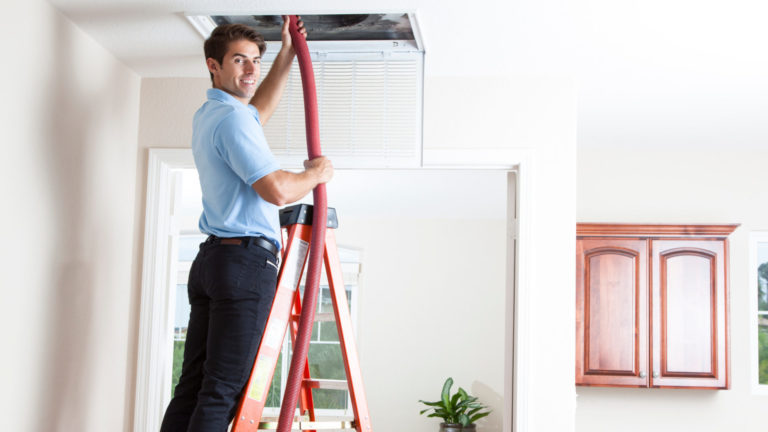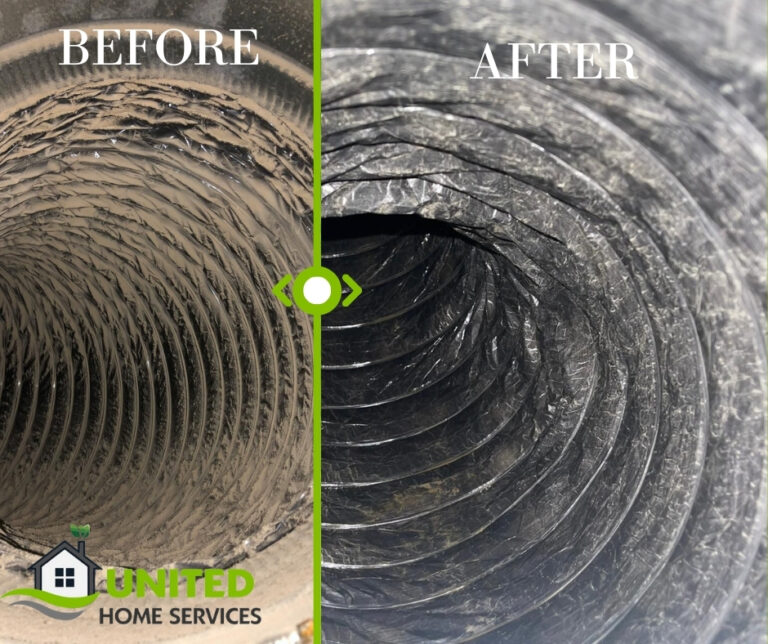Air vents in our homes or buildings are crucial in maintaining proper airflow and ventilation. However, when mold starts to grow on these air vents, it can pose potential dangers to both the structure and the health of the occupants. In this blog post, we will explore the topic of mold on air vents, its signs, potential health risks, reasons for mold growth, prevention methods, and the necessary steps for cleaning and removing mold. Let’s dive in!
What Is Mold?
Mold is a type of fungus that thrives in moist and humid environments. It reproduces through microscopic spores and can be found both indoors and outdoors. Mold can grow on various surfaces, including air vents, walls, ceilings, carpets, and furniture.Signs Of the Presence of Mold on Air Vents
Visible Mold Growth
One of the most obvious signs of mold on air vents is visible mold growth. Mold can appear as black, green, or brown patches on the surface of the vents. It may also have a fuzzy or slimy texture.Musty Odor
If you notice a strong, musty odor from your air vents, it could be a sign of mold growth. Mold releases volatile organic compounds (VOCs), creating a distinctive, unpleasant smell.Increased Allergy Symptoms
Mold spores in the air can trigger allergic reactions in some individuals. If you or your family members experience an increase in allergy symptoms, such as sneezing, coughing, congestion, or itchy eyes, when your HVAC system is running, it could indicate the presence of mold on the air vents.Water Damage or Moisture Issues
Mold requires moisture to grow, so if there are any signs of water damage or moisture issues around your air vents, such as water stains or leaks, mold growth increases.Discolored or Stained Air Vents
Discoloration or staining on or around your air vents can indicate mold growth. Look for any dark spots, greenish patches, or unusual discoloration.Potential Health Risks
Respiratory Issues Associated with Mold on Air Vents
Inhaling mold spores can lead to respiratory problems, especially for individuals who are sensitive or allergic to mold. Symptoms may include coughing, wheezing, shortness of breath, and throat irritation.Skin Irritation and Allergies Caused by Mold on Air Vents
Direct contact with mold can cause skin irritation and allergic reactions. When exposed to mold, the skin may become red, itchy, or develop a rash.Potential Asthma Triggers from Mold on Air Vents
Asthma sufferers can experience worsened symptoms when exposed to mold spores. It can lead to asthma attacks, difficulty breathing, chest tightness, and wheezing.Mycotoxins and Their Impact on Health from Mold on Air Vents
Some molds produce mycotoxins, toxic substances that can pose serious health risks when inhaled or ingested. Prolonged exposure to mycotoxins can result in neurological symptoms, respiratory issues, and other health problems.Infections and Illnesses Linked to Mold on Air Vents
In rare cases, exposure to certain types of mold, such as Aspergillus or Stachybotrys (also known as black mold), can cause infections and severe illness, particularly in individuals with weakened immune systems.Why Do Mold Grow On Air Vents?
Mold growth on air vents can occur due to various factors. Let’s explore some of the common reasons:Moisture and Condensation
Excess moisture or condensation near the air vents creates a suitable environment for mold to grow and thrive.Lack of Ventilation
Poor ventilation can trap humidity and moisture inside the air ducts, promoting mold growth.Poor Air Quality
If the air quality in your home is compromised, it can create conditions favorable for mold growth on air vents.Dust and Dirt Accumulation
Dust and dirt particles that accumulate on air vents can provide organic matter for mold to feed on, facilitating its growth.Leaks and Water Damage
Any leaks or water damage near or around the air vents can introduce moisture, leading to mold growth.Preventing Mold Growth on Air Vents
To maintain a healthy indoor environment, preventing mold growth on air vents is essential. Here are some preventive measures:- Ensure proper ventilation and airflow in your home.
- Keep humidity levels in check by using dehumidifiers.
- Repair any leaks or water damage promptly.
- Clean and maintain air filters regularly.
- Keep the area around air vents clean and free from dust and debris.
Removal and Cleaning of Mold on Air Vents
Steps for Properly Removing Mold on Air Vents
If you discover mold on your air vents, it’s essential to take prompt action to remove it. Follow these steps:- Turn off the HVAC system to prevent the spread of mold spores.
- Wear protective clothing, gloves, and a mask to avoid direct contact with mold spores.
- Thoroughly clean and disinfect the affected area using appropriate cleaning solutions and tools.
- Vacuum the air vents and ducts to remove any remaining mold spores.
- Dispose of any contaminated materials properly.
- Inspect the entire ventilation system for any signs of mold or moisture issues.
Recommended Cleaning Solutions for Mold on Air Vents
Several effective cleaning solutions are available for removing mold on air vents. Some popular options include hydrogen peroxide, vinegar, bleach, or specialized mold cleaners. Choose a solution that suits your preferences and follow the instructions for proper dilution and usage.Tools and Equipment Needed for Cleaning Mold on Air Vents
To clean mold on air vents effectively, you may need the following tools and equipment:- Protective clothing, gloves, and a mask
- Brushes or scrubbers
- Cleaning solution
- Vacuum cleaner with HEPA filter
- Disposable bags for waste disposal
Safety Precautions for Cleaning Mold on Air Vents
When cleaning mold on air vents, it’s crucial to prioritize safety. Here are some safety precautions to follow:- Wear protective clothing, gloves, and a mask to avoid direct contact with mold spores.
- Work in a well-ventilated area or use proper ventilation equipment.
- Avoid mixing cleaning agents, especially bleach and ammonia, as it can produce harmful fumes.
- Dispose of contaminated materials properly to prevent further contamination.
Tips for Preventing Mold Regrowth on Air Vents After Cleaning
After cleaning and removing mold from your air vents, it’s essential to take preventive measures to avoid regrowth. Here are some tips:- Maintain proper ventilation and airflow in your home.
- Monitor and control humidity levels to prevent excess moisture.
- Regularly clean and replace air filters to prevent dust and dirt buildup.
- Inspect your air vents regularly for any signs of moisture or mold.



